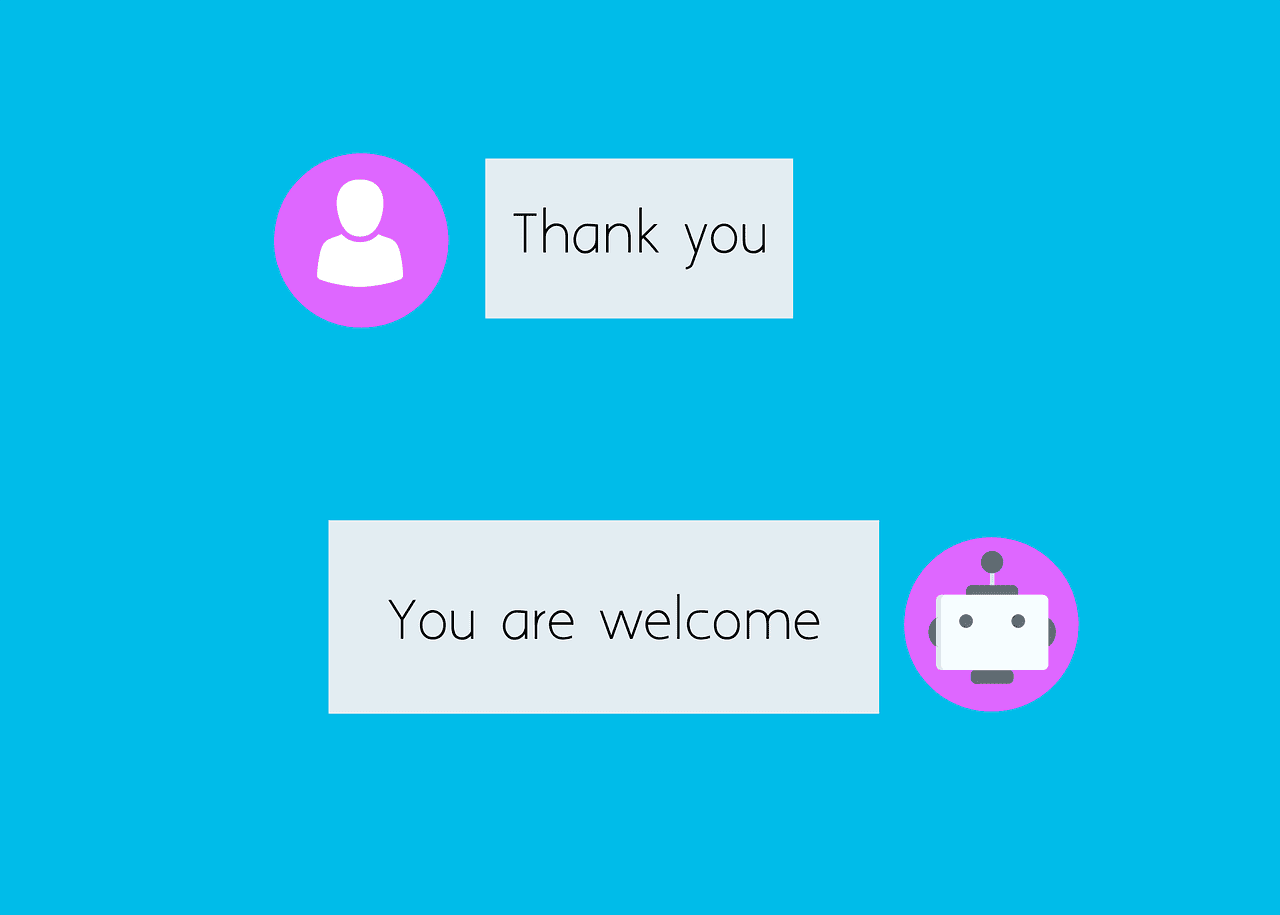The Role of Chatbots in Enhancing Customer Service
Digital age, delivering an exceptional customer experience has become the holy grail for businesses striving to stay ahead of the curve. Customers, armed with an abundance of choices and a world of information at their fingertips, demand nothing less than prompt, personalized, and efficient support. This ever-increasing bar of expectations presents a formidable challenge for companies, one that threatens to leave those ill-equipped in the dust. But fear not, for a revolutionary solution has emerged – the chatbot, an intelligent virtual assistant poised to redefine the very essence of customer service.
These conversational AI marvels, imbued with the power of natural language processing and machine learning, are transforming the way businesses interact with their customers. They offer a seamless and convenient experience, one that streamlines operations while elevating the standard of customer care. Imagine a world where assistance is just a conversation away, where queries are met with timely and tailored responses, and where the boundaries of traditional support are shattered, paving the way for a truly exceptional customer journey.
The Rise of Chatbots in Customer Service
The adoption of chatbots in customer service has been fueled by advancements in natural language processing (NLP) and machine learning technologies. These AI-powered assistants can understand and respond to human language, making it possible to engage in natural, human-like conversations. As businesses strive to meet the evolving needs of their customers, chatbots have emerged as a game-changer, providing round-the-clock support, instant response times, and personalized interactions.
24/7 Availability and Instant Response
One of the primary advantages of chatbots is their ability to provide customer support around the clock, without the constraints of traditional human-operated call centers. Customers can interact with these virtual assistants at any time, from anywhere, and receive immediate responses to their queries or concerns. This continuous availability ensures that customers never have to wait for assistance, fostering a positive experience and enhancing overall satisfaction.
Personalized and Efficient Interactions
Chatbots leverage advanced natural language processing capabilities to understand the context and intent behind customer queries. By analyzing the user’s input, these AI assistants can provide personalized responses tailored to the specific needs of each customer. This level of personalization not only enhances the customer experience but also improves the efficiency of the support process, as chatbots can quickly address common inquiries and escalate more complex issues to human agents when necessary.
Cost Savings and Scalability
Implementing chatbots in customer service operations can lead to significant cost savings for businesses. Unlike human agents, chatbots do not require extensive training or compensation, making them a cost-effective solution for handling high volumes of customer interactions. Additionally, chatbots can seamlessly scale to accommodate spikes in demand, ensuring consistent service levels without the need for additional staffing.
Integration with Existing Systems
Modern chatbots can integrate with a company’s existing systems, such as customer relationship management (CRM) platforms, knowledge bases, and inventory management systems. This integration allows chatbots to access relevant customer data, product information, and other critical resources, enabling them to provide more accurate and contextual responses. By leveraging this seamless integration, businesses can streamline their customer service operations and deliver a cohesive experience across multiple touchpoints.
Useful Facts and Tips
To maximize the benefits of chatbots in customer service, it’s essential to consider the following useful facts and tips
- Natural Language Processing (NLP) Capabilities — Invest in chatbots with advanced NLP capabilities to ensure accurate understanding and natural conversations with customers.
- Continuous Learning and Improvement — Implement chatbots that can learn and improve over time based on customer interactions, feedback, and updated data sources.
- Seamless Handoff to Human Agents — While chatbots can handle many customer inquiries, ensure a smooth handoff process for complex issues that require human intervention.
- Personalization and Context Awareness — Leverage customer data and contextual information to provide personalized responses and recommendations.
- Multilingual Support — Consider deploying chatbots that can communicate in multiple languages to cater to a diverse customer base.
- Omnichannel Integration — Integrate chatbots across various channels, such as websites, mobile apps, and messaging platforms, for a consistent customer experience.
- Proactive Assistance — Explore the use of chatbots for proactive assistance, such as sending reminders, updates, or recommendations based on customer behavior and preferences.
- Continuous Monitoring and Analytics — Monitor chatbot performance and customer interactions to identify areas for improvement and optimize the customer experience.
- Training and Change Management — Provide adequate training and support for employees to ensure a smooth transition and effective collaboration with chatbots.
- Data Privacy and Security — Implement robust data privacy and security measures to protect customer information and maintain trust.
The Future of Customer Service with Chatbots
As AI technologies continue to evolve, chatbots are poised to play an even more significant role in customer service. With the integration of advanced capabilities like sentiment analysis, predictive analytics, and computer vision, chatbots will become increasingly sophisticated, offering more personalized and intuitive interactions.
Moreover, the convergence of chatbots with other emerging technologies, such as the Internet of Things (IoT) and virtual/augmented reality (VR/AR), will open up new possibilities for immersive and contextual customer experiences. Imagine a scenario where a chatbot can guide customers through troubleshooting or installation processes using augmented reality overlays, or where IoT-connected devices can seamlessly communicate with chatbots to provide real-time status updates and proactive support.
As businesses continue to prioritize customer satisfaction and operational efficiency, the adoption of chatbots in customer service will undoubtedly grow. Leveraging the power of AI and embracing these virtual assistants, companies can position themselves at the forefront of customer experience excellence, fostering long-lasting relationships and gaining a competitive edge in their respective markets.







